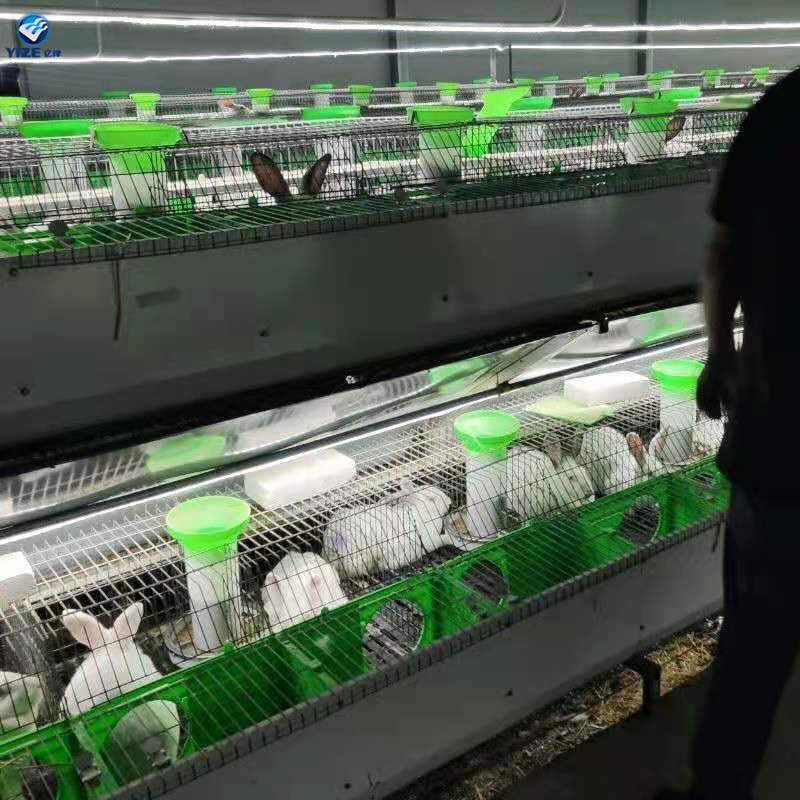Efficient Feed Processing with Advanced Hammer Mill Technology for Livestock Nutrition
Dec . 11, 2024 09:16 Back to list
Efficient Feed Processing with Advanced Hammer Mill Technology for Livestock Nutrition
Understanding the Feed Hammer Mill An Essential Tool in Animal Nutrition
The feed hammer mill is an invaluable machine in the agricultural sector, primarily utilized for grinding grains and feed ingredients into smaller, more manageable particles. Its impact on animal nutrition and efficiency in feed production cannot be overstated. This article delves into the purpose, functionality, advantages, and considerations of using a feed hammer mill in the context of animal husbandry.
What is a Feed Hammer Mill?
A feed hammer mill is a type of grinder that pulverizes material into smaller particles. Typically used in the feed manufacturing industry, it processes various raw materials such as corn, wheat, barley, and other grains. The result is a fine powder that can be mixed with other components to create nutritious feed for livestock. The design of the hammer mill involves a rotating shaft with hammers attached, which strike the material, breaking it down through both high-speed impacts and shredding.
The Functionality of a Feed Hammer Mill
The operational process of a feed hammer mill is straightforward. Raw materials are fed into the mill through a hopper. Once inside, the rotating hammers hit the raw material at high speed, creating a strong force that reduces the particle size. As the material is ground, it passes through screens of varying mesh sizes, allowing producers to control the final texture and particle size of the feed. A finer particle size can enhance the digestibility of feed and improve nutrient absorption in animals.
Advantages of Using a Feed Hammer Mill
1. Improved Feed Efficiency By reducing the particle size, the feed hammer mill helps improve the surface area of feed particles, making it easier for animals to digest and absorb nutrients. This can lead to better growth rates and overall health in livestock.
2. Versatility Feed hammer mills can handle a variety of materials, making them compatible with many ingredient mixes. Whether grinding grains or creating pelleted feeds, these mills are adaptable tools in a feed production facility.
3. Cost-Effectiveness The efficiency of hammer mills can result in lower production costs. By optimizing the size of the feed, farmers can maximize the nutritional value without the need for excessive ingredient costs.
feed hammer mill

4. Consistent Quality A feed hammer mill provides uniformity in particle size, which is crucial for formulating balanced rations. Consistency in feed quality directly translates to predictable animal performance.
5. Enhanced Processing Speed Hammer mills operate efficiently at high speeds, enabling producers to quickly adjust the feed formulation according to the changing needs of livestock without sacrificing production time.
Considerations for Effective Use
While feed hammer mills offer many benefits, there are considerations to keep in mind for optimal performance
1. Screen Size Selection The mesh size of the screen plays a significant role in achieving the desired particle size. Producers must select appropriate screen sizes based on the intended use of the feed, such as for poultry, swine, or ruminants.
2. Regular Maintenance Like any machinery, feed hammer mills require regular maintenance to function optimally. This includes checking the hammers, screens, and bearings for wear and tear, as well as ensuring that the mill is clean to avoid contamination.
3. Power Consumption Efficiency in energy usage is critical for cost management. Choosing models that operate effectively while consuming less energy can make a significant difference in operational costs.
4. Safety Practices Since hammer mills use rotating parts, it is vital to adhere to safety protocols to prevent accidents. Operators should be properly trained and equipped with safety gear.
Conclusion
The feed hammer mill is a cornerstone in the realm of animal feed production, enhancing the nutritional quality of feed while promoting efficient production practices. By understanding its functionality and advantages, farmers and producers can harness the full potential of this powerful tool. As the agricultural landscape continues to evolve, the feed hammer mill remains indispensable in driving productivity and sustainability in animal husbandry. This machinery not only supports the health and growth of livestock but also contributes to the overarching goal of efficient and responsible food production for a growing global population.
-
Hot Sale 24 & 18 Door Rabbit Cages - Premium Breeding Solutions
NewsJul.25,2025
-
Automatic Feeding Line System Pan Feeder Nipple Drinker - Anping County Yize Metal Products Co., Ltd.
NewsJul.21,2025
-
Automatic Feeding Line System Pan Feeder Nipple Drinker - Anping County Yize Metal Products Co., Ltd.
NewsJul.21,2025
-
Automatic Feeding Line System - Anping Yize | Precision & Nipple
NewsJul.21,2025
-
Automatic Feeding Line System - Anping Yize | Precision & Nipple
NewsJul.21,2025
-
Automatic Feeding Line System-Anping County Yize Metal Products Co., Ltd.|Efficient Feed Distribution&Customized Animal Farming Solutions
NewsJul.21,2025






